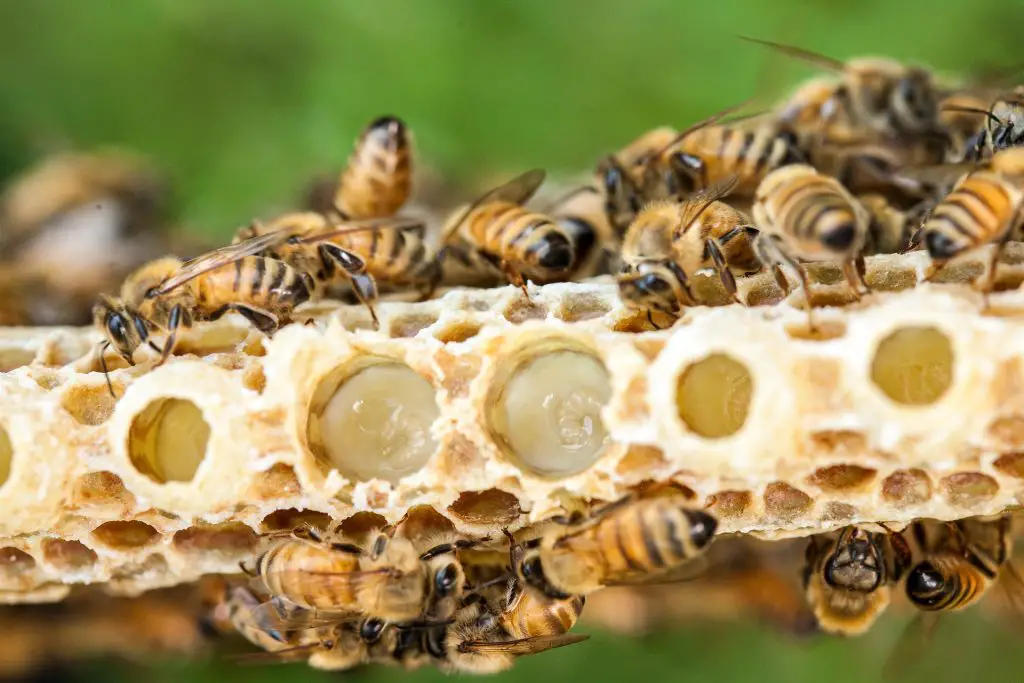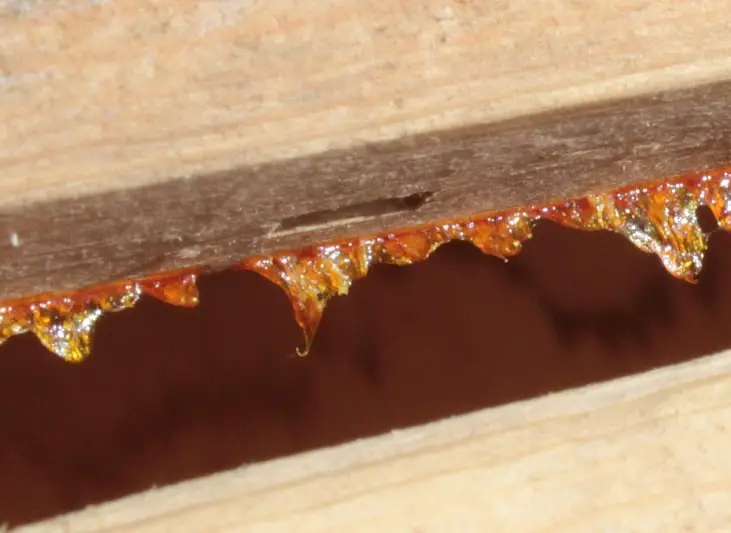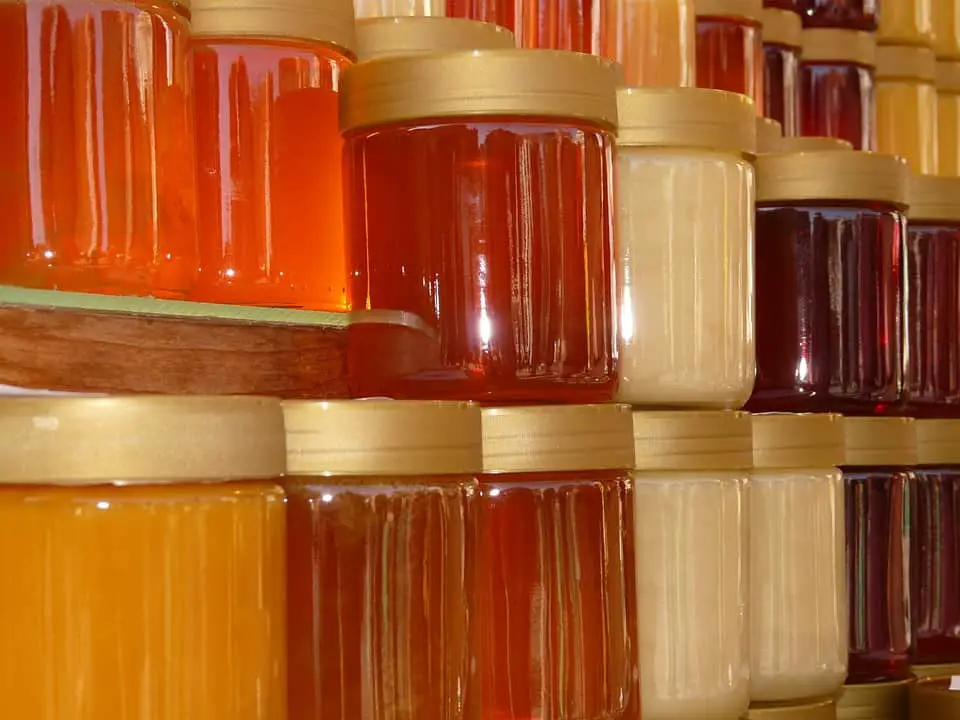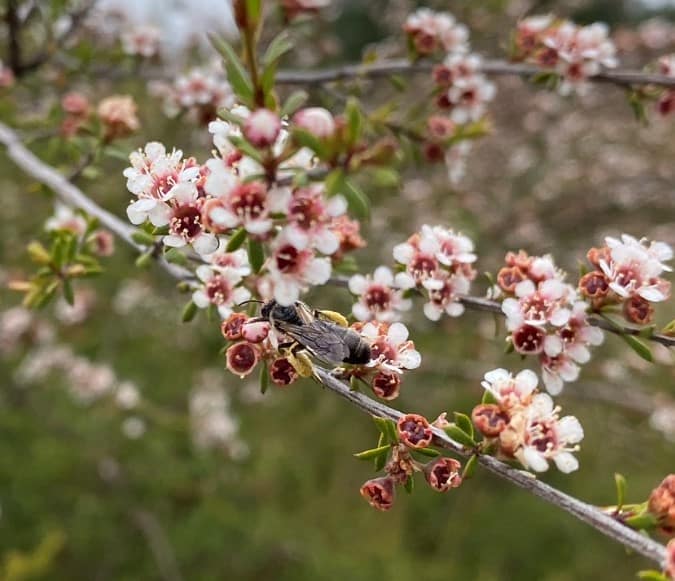The Truth about Royal Jelly
What nobody wants you to know about royal jelly

The reason for the production of royal jelly… explained.
First of all, what is royal jelly?
Besides honey, propolis and pollen bees produce another substance that is rapidly gaining popularity in the health and beauty industry, royal jelly.
The substance is fed to bee larvae for the first three days of their lives, as they need protein and energy rich foods to become worker bees. After these three days they are being fed with honey and bee pollen.
Honey contains only very little protein and is therefore not suitable for larvae.
For queen bees, things are different: If a beehive wants to raise a new queen bee, the worker bees keep feeding the larvae with royal jelly.
Only because of this extended period of royal jelly feeding, the larva becomes a queen and not a worker bee. The nurse bees feed the queen bee with the royal liquid for her whole life. The queen be needs a lot of proteins to lay eggs. The nurse bees support her life’s work through supplying her with the necessary amino acids that are easy to digest and nutritious at the same time 1.
Why is the beauty industry so enthusiastic about royal jelly?
Bee queens live up to seven years.
Worker bees live only few months, sometimes barely 5 weeks.
The beauty industry sells the concept of being that healthy that it even extends people’s lifespan!
What does royal jelly look like and what is it made of?
It is an almost liquid substance with a milky white color. It contains water, proteins, amino acids, fructose and glucose. Being very rich in proteins, bees need to consume high amounts of bee pollen for its production.
Are there health benefits for humans in royal jelly?
It is said that the use of royal jelly can help against high blood sugar levels and high blood pressure, increase vitality and boost the immune system.
Furthermore, it is said to boost the metabolism, help to lose weight and even treat male and female fertility issues2.
Other sources draw a very positive image praising its astonishing impacts on health and physical appearance. Anti-aging effects, anti-bacterial, anti-inflammatory effects and anti-depressive benefits have been reported as well3.
It seems like the list of health and beauty benefits is endless.
However, the current state of research is not sufficient to recommend its use as a medical substance:
Negative side effects of the use of royal jelly are allergic reactions, asthma and breathing problems. These are more likely if the consumer is allergic to bee stings or honey as well. Further side effects include stomach problems, as nausea, queasiness and diarrhea. Besides that, pregnant women or women breastfeeding should not consume it. The potential negative effect have not yet been tested scientifically.
A critical note about royal jelly…
Let’s have a look at the production of royal jelly for commercial purposes.
The collection for economic purposes is an extremely time-consuming process. Bees are tricked to produce more royal jelly as usual through placing movable frames with newly created queen cells into the hives.
After two days these frames are being removed and the royal jelly is collected from the cells.
Consider the tiny harvest amount that can be collected from just one queen bee cell! It comes at a very high price.
Aspiring queen bees die during this process and tricks need to be played on the worker bees in order to collect royal jelly. We consider this neither ethical nor cruelty-free4.
In most European countries royal jelly is not extracted from bee hives for commercial purposes at all. Instead it is mainly imported from China and Eastern Europe. It has been tried to artificially rebuild royal jelly however this substance did not have the same benefits as the natural product.
Another very important point is that interviews with beekeepers have shown that queen bees die when being fed with commercially available royal jelly.
On the one hand, humans fight to protect bees and on the other hand bee products like royal jelly is increasingly used in the health and beauty industry for results that are not fully tested yet.
The consumption of royal jelly is up to you. Our aim is to provide you with the background information for a conscious choice.



